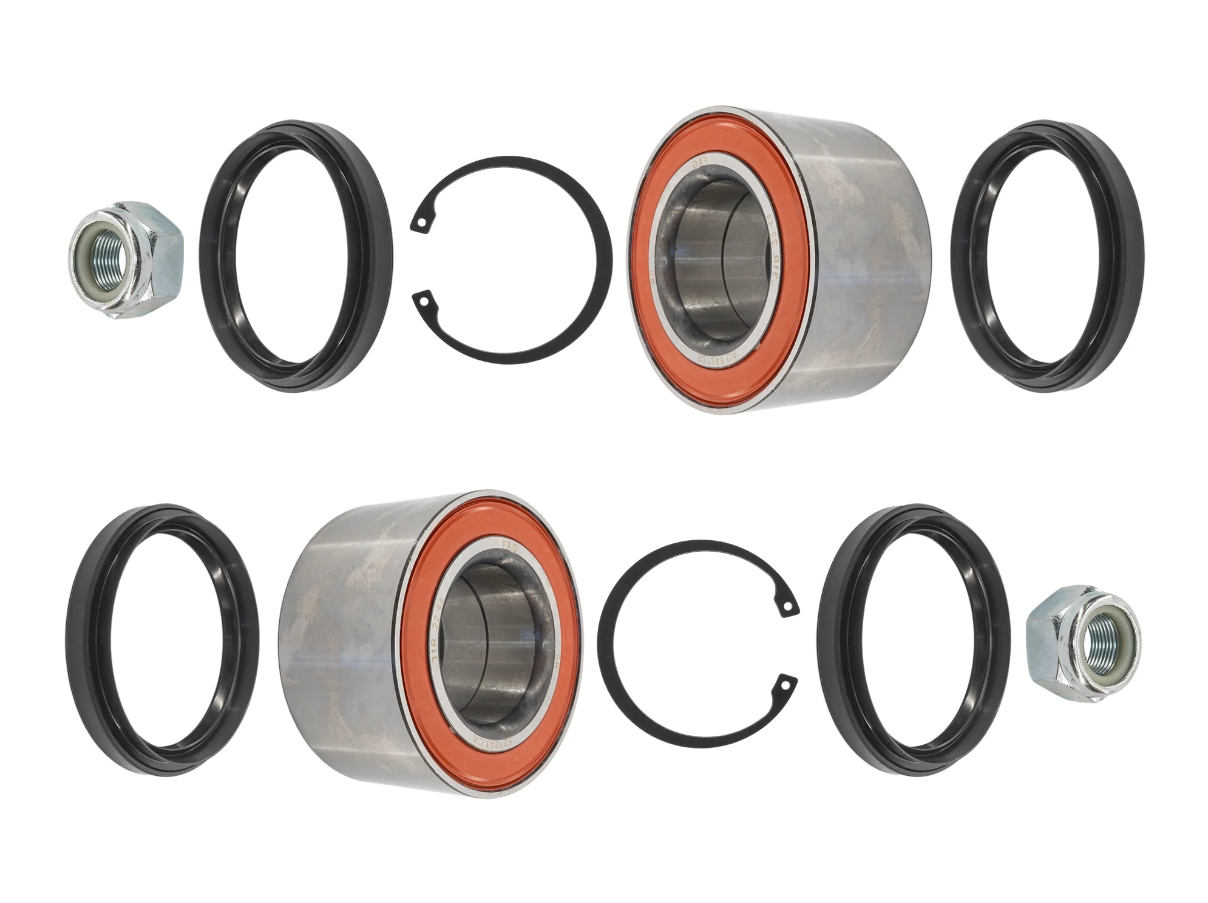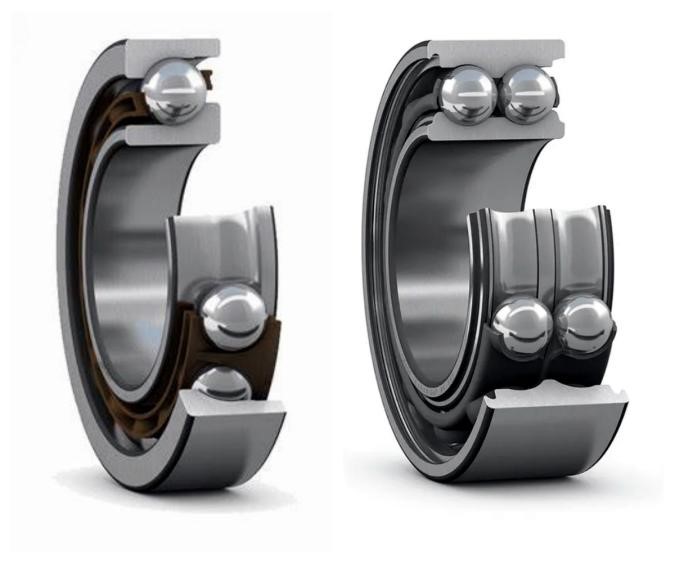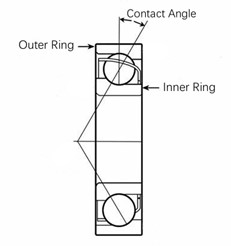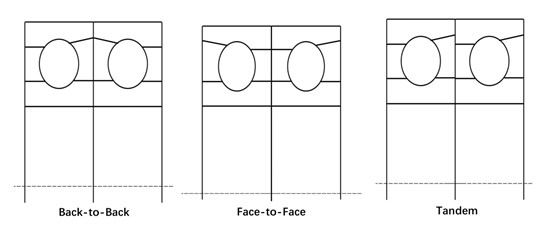
•Level G10 balls, and highly precision rotating
•More comfortable driving
•Better quality grease
•Customized: Accept
•Price: info@tp-sh.com
•Website: www.tp-sh.com
•Products: https://www.tp-sh.com/wheel-bearing-factory/
https://www.tp-sh.com/wheel-bearing-product/
Angular contact bearings, a type of ball bearing within rolling bearings, are composed of an outer ring, inner ring, steel balls, and a cage. Both the inner and outer rings feature raceways that allow for relative axial displacement. These bearings are especially suited for handling composite loads, meaning they can accommodate both radial and axial forces. A key factor is the contact angle, which refers to the angle between the line connecting the ball's contact points on the raceway in the radial plane and the line perpendicular to the bearing axis. A larger contact angle increases the bearing's ability to handle axial loads. In high-quality bearings, a 15° contact angle is typically used to provide sufficient axial load capacity while maintaining high rotational speeds.
Single-row angular contact bearings can support radial, axial, or composite loads, but any axial load must be applied in only one direction. When radial loads are applied, additional axial forces are generated, which require a corresponding reverse load. For this reason, these bearings are typically used in pairs.
Double-row angular contact bearings can handle substantial radial and bidirectional axial combined loads, with radial loads being the dominant factor, and they can also support purely radial loads. Additionally, they can restrict axial displacement in both directions of the shaft or housing.
Installing angular contact ball bearings is more complicated than deep groove ball bearings and usually requires paired installation with preloading. If properly installed, the accuracy and service life of the equipment can be significantly improved. Otherwise, not only will it fail to meet accuracy requirements, but the bearing's longevity will also be compromised.
There are three types of angular contact ball bearings: back-to-back, face-to-face and tandem arrangement.
1. Back-to-Back - the wide faces of the two bearings are opposite, the contact angle of the bearing spreads along the direction of the axis of rotation, which can increase the rigidity of its radial and axial support angles, and the maximum anti-deformation ability;
2. Face-to-Face - the narrow faces of the two bearings are opposite, the contact angle of the bearing converges towards the direction of the axis of rotation, and the rigidity of the bearing angle is small. Because the inner ring of the bearing extends out of the outer ring, when the outer ring of the two bearings is pressed together, the original clearance of the outer ring is eliminated, and the preload of the bearing can be increased;
3. Tandem Arrangement - the wide face of the two bearings is in one direction, the contact angle of the bearing is in the same direction and parallel, so that the two bearings can share the working load in the same direction. However, in order to ensure the axial stability of the installation, two pairs of bearings arranged in series must be mounted opposite each other at both ends of the shaft. Single row angular contact ball bearings in tandem arrangement must always be adjusted against another bearing inversely arranged for shaft guidance in the opposite direction.
Welcome to consult more bearing related products and technical solutions. Since 1999, we have been providing reliable bearing solutions for automobile manufacturers and Aftermarket. Tailor-made services ensure quality and performance.
Post time: Oct-17-2024







